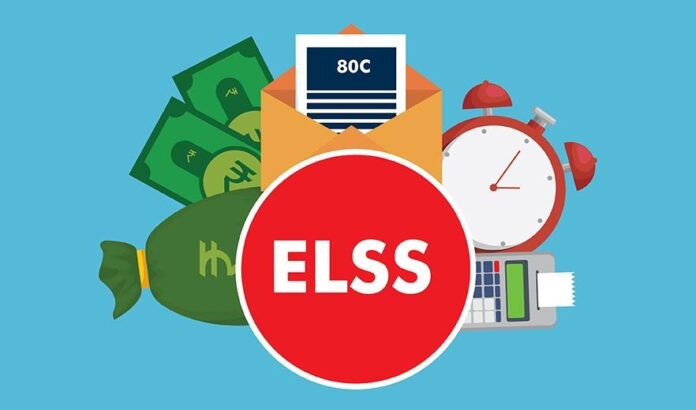When you start your investment journey, you’ll probably have a lot of questions about which products will perform best for you. Equity-Linked Savings Schemes, or ELSS, is one tool that likely works on both returns and tax savings. It’s a diversified equity strategy that can help you achieve long-term financial goals while also allowing you to claim a tax deduction of up to Rs 1.5 lakh under Section 80C of the Income Tax Act. ELSS has a three-year required lock-in period, which means you can’t redeem or switch during that time. As a result, it’s critical to pick the correct scheme for yourself in order to achieve the finest results.
Here are five considerations to keep in mind when choosing an ELSS that aligns with your risk tolerance and financial objectives.
The Portfolio’s Market Cap Composition
ELSS funds are similar to multi-cap funds in that they invest in a mix of stocks with small, mid, and big capitalizations. In the case of ELSS, however, fund houses are free to build a bigger concentration in a stock with a specific capitalization. In terms of return and risk ratio, an ELSS fund with a stronger concentration in large-cap companies is usually more stable. ELSS with a higher concentration in mid- or small-cap equities, on the other hand, are more volatile, involve a higher risk, and have the potential to create a bigger return.
Recognize The Risks Of Concentration And Over-Diversification
Different ELSS funds use different strategies to keep their portfolios balanced in terms of stock concentration and diversity. Some funds invest a bigger percentage of their overall portfolio in fewer stocks, while others use a diversified portfolio and invest about similar amounts in all of their stocks.
Focus on ELSS funds that are neither over-diversified nor highly concentrated when choosing one. Simply put, choose a fund with a well-diversified portfolio.
Examine the ELSS Fund’s Expense Ratio.
The expenditure ratio is the sum of the fund’s management costs and related operating costs. To that extent, a larger expense ratio lowers your return on investment. So, when investing in an ELSS fund, search for a mutual fund scheme with a reduced fee ratio, as well as a fund that performs at or above the category return.
Compare the ELSS Fund to other equity funds in which you’ve already invested.
Check your existing mutual fund investments before investing in the ELSS fund to prevent duplicating their portfolio structures and investment styles. Different types of ELSS funds can help you diversify your portfolio and increase your return on investment.
Finally
If you are new to mutual fund investing, you should seek the advice of a seasoned financial advisor or invest through a mutual fund distributor. You may prefer a direct mutual fund investment if you are familiar with the mutual fund world and can select the appropriate mutual fund plan. Whatever ELSS plan you choose, remain with it for a longer length of time to build wealth.
Follow and connect with us on Facebook, LinkedIn & Twitter

